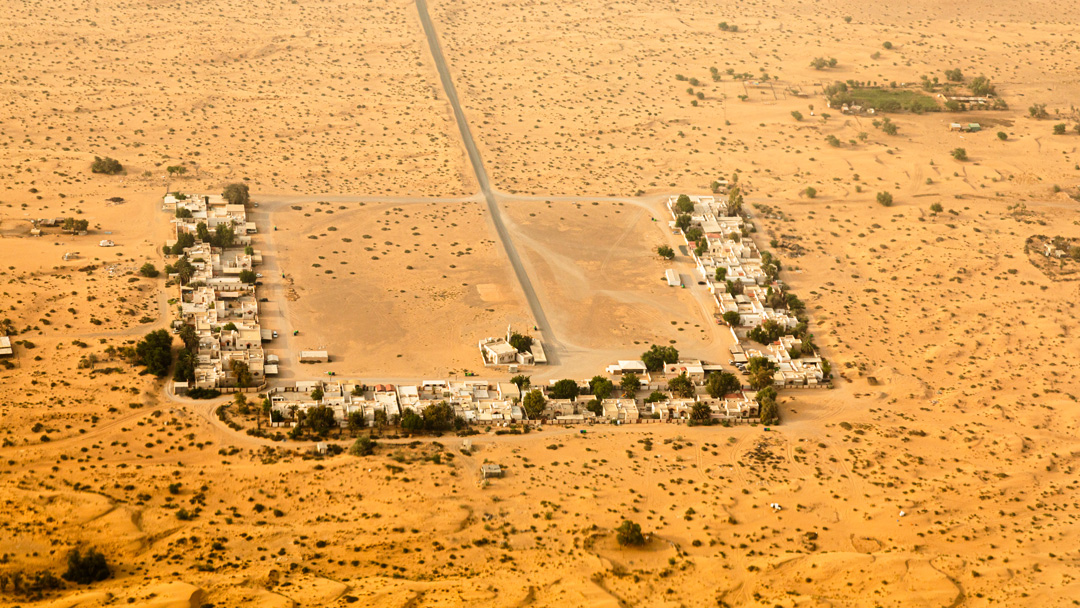Bringing the Internet Closer
Affiliated Research Center:
IRC for Communication Systems and Sensing
Research team:
Dr. Ali Muqaibel, Mr. Pervez Khan

Oftentimes, innovation lies in the simplest answer. As Occam’s razor suggests, the best solution is the one with the fewest assumptions. However, recognizing it and, more so implementing it, requires a sharp mind and a deep understanding of the problem. That’s exactly what a team of researchers from the Interdisciplinary Research Center for Communication Systems and Sensing (IRC-CSS) at KFUPM managed to do.
The Communications, Space and Technology (CST) Commission, the relevant regulatory authority of Saudi Arabia, identified a major challenge. About 17.8% of the nation’s population lives in rural, remote areas. These regions are difficult to reach digitally, reducing their access to knowledge, education, health services, and opportunities overall. The low population density also makes the installation of wireless base stations economically unfeasible.
In its efforts to provide internet to such remote areas, the CST reached out to a consortium made up of experts from KFUPM, King Abdullah University of Science and Technology (KAUST), and King Saud University (KSU). Faced with this major challenge, they turned to an overlooked idea; they investigated the possibility of using lower-frequency radio signals to extend broadband access without the need for expensive infrastructure. Because waves with lower frequencies can cover more ground, fewer stations are needed. This also translates into major savings for mobile companies, which currently spend billions on maintenance each year.
Normally, waves using frequencies designated for mobile and internet services don’t travel far enough to reach sparsely populated areas. But those with lower frequencies, specifically those in the 470–694 MHz range, can extend coverage significantly. This particular band has traditionally been used for digital terrestrial TV broadcasting and is relatively quiet compared to other parts of the spectrum. However, with digital television usage declining, this underused band offered a cost-effective solution.
The CST controls radio frequencies across the Kingdom. Its National Frequency Plan lays out which frequencies are reserved for aviation, maritime navigation, telecommunications, and other uses. Therefore, their support was required first, but was also rapidly granted. The commission did not hesitate in embracing the innovative idea; however, one challenge still remained.
The team had to ensure this solution wouldn’t disrupt neighboring countries’ existing frequency use. Over two years, the researchers carefully examined Saudi Arabia’s frequency landscape, analyzed available spectrum, and coordinated with the International Telecommunications Union (ITU) to gather precise data on border-nearing towers in the MENA region. Using advanced simulations, they calculated the power levels, antenna heights, and signal directions needed to avoid cross-border interference. This allowed them to identify exactly where new towers could be built and which existing ones could be repurposed for internet and mobile service.
The results of their study were presented at the 2023 World Radio Conference and received strong support. With minimal objections from neighboring countries, the idea is now gaining momentum, and auctioning licenses for this frequency band is under serious consideration.
This work could be a turning point, not just for Saudi Arabia but also for other countries with similar connectivity challenges, such as Indonesia. Some European nations have already shown interest in the model as a possible solution for their own remote communities.
The team of researchers provided a scalable, cost-effective pathway to digital inclusion, that also supports a number of UN Sustainable Development Goals. This project stands to show that, with the right minds behind it, the simplest answers do indeed solve the largest challenges.
United Nations SDGs
Through our commitment to sustainable development, this project aligns with the following United Nations Sustainable Development Goals (SDGs):

Good Health and Well-being

Quality Education

Reduced Inequalities

Sustainable Cities and Communities